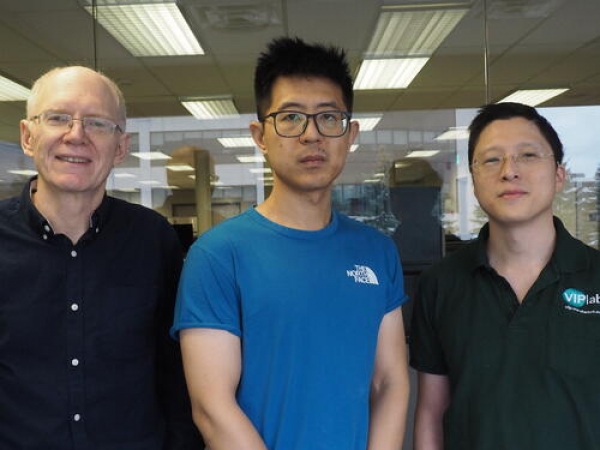An interdisciplinary research team from the University of Waterloo is using artificial intelligence (AI) to identify microplastics faster and more accurately than ever before.
Microplastics are commonly found in food and are dangerous pollutants that cause severe environmental damage – finding them is the key to getting rid of them.
The research team’s advanced imaging identification system could help wastewater treatment plants and food production industries make informed decisions to mitigate the potential impact of microplastics on the environment and human health.
A comprehensive risk analysis and action plan requires quality information based on accurate identification. In search of a robust analytical tool that could enumerate, identify and describe the many microplastics that exist, project lead Dr. Wayne Parker and his team, employed an advanced spectroscopy method which exposes particles to a range of wavelengths of light. Different types of plastics produce different signals in response to the light exposure. These signals are like fingerprints that can also be employed to mark particles as microplastic or not.
Read more at University of Waterloo
Image: The PlasticNet research team (L to R): Dr. Wayne Parker, Frank Zhu and Dr. Alexander Wong. (Credit: University of Waterloo)


